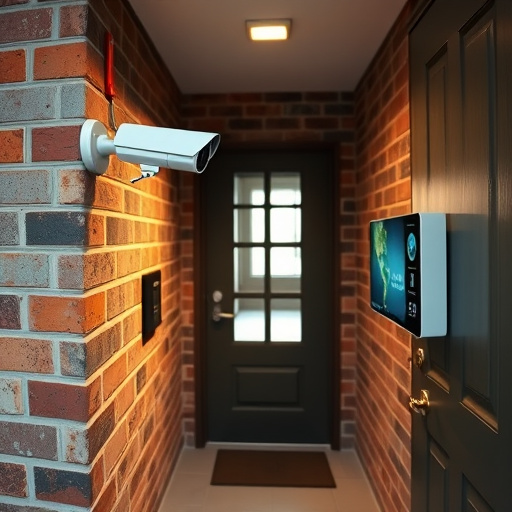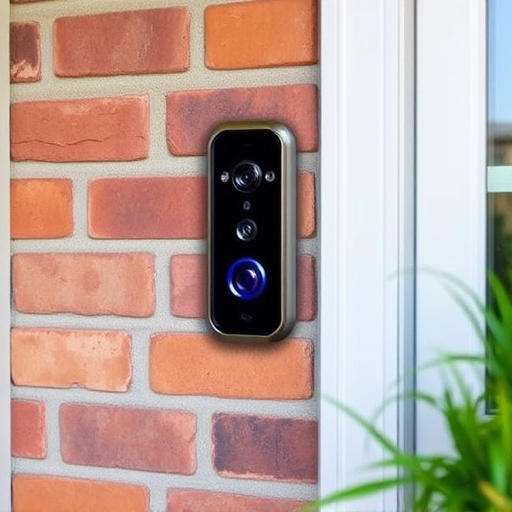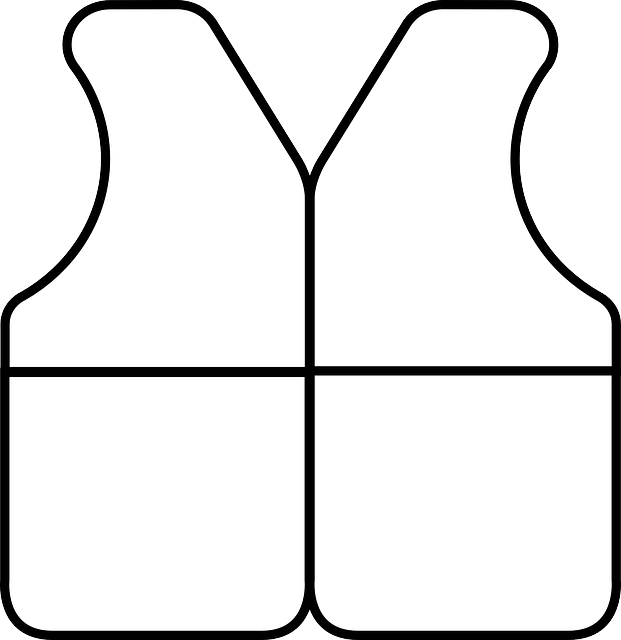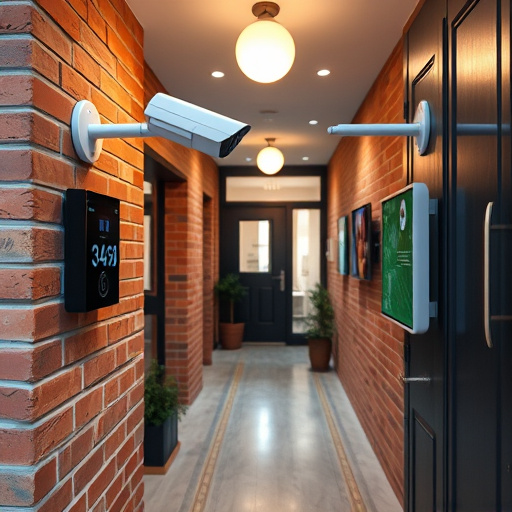When selecting self-defense products, start by assessing your risk and environment. Understand the diverse market of options and their unique advantages. Choose gear tailored to specific needs based on scenarios like urban walking or remote areas. Prioritize quality, reliability, and user reviews from reputable brands. Consider local laws and adhere to legal constraints for responsible ownership. Continuously educate yourself on safety protocols for effective personal protection.
“Navigating the world of self-defense products can be daunting, but understanding your needs is the first step to ensuring your safety. In this comprehensive guide, we delve into the art of choosing effective self-defense tools tailored to your risk assessment and environmental considerations. From pepper spray to stun guns and beyond, discover the key factors that separate quality gear from ordinary. Learn about legal responsibilities and gain expert tips for maximizing personal protection. Find your perfect match among the best self-defense products on the market.”
- Understanding Your Needs: Assessing Risk and Environment
- Types of Self-Defense Products: A Comprehensive Overview
- Key Factors to Consider When Choosing Self-Defense Tools
- Evaluating Quality and Reliability: Ensuring Your Safety
- Best Practices for Personal Protection: Using Equipment Effectively
- Legal Considerations and Responsible Ownership
Understanding Your Needs: Assessing Risk and Environment

Understanding your needs is the first step in choosing the right self-defense products. Assessing risk and environment involves considering where and when you might need protection. Are you looking for personal protection while walking home at night, or do you require more robust gear for outdoor activities like hiking or camping? Evaluating potential threats and the surroundings will help determine the best self-defense gear. For example, a small pepper spray may suffice for urban environments, while a stun gun or Taser might be more suitable for remote areas with increased wildlife or aggressive individuals.
Knowing your risk profile and environment allows you to select effective self-defense equipment tailored to your specific needs. This could include personal protection products like body cameras for recording encounters, noise makers to startle attackers, or even advanced technology such as GPS trackers for emergency situations. The key is to choose tools that provide peace of mind and enhance your ability to protect yourself effectively in various scenarios.
Types of Self-Defense Products: A Comprehensive Overview

When considering self-defense products, it’s essential to understand the variety of options available to ensure you’re prepared for any situation. The market offers a wide array of self-defense tools designed to provide personal protection in different scenarios. From pepper spray and personal alarms to stun guns and tasers, each product serves a unique purpose.
Choosing the best self-defense gear depends on your specific needs and preferences. Pepper spray is a popular option for its effectiveness in causing temporary blindness and discomfort, making it an excellent deterrent. Personal alarms are compact and loud, designed to startle potential attackers. Stun guns and tasers, though more powerful, require proper training due to their potentially severe consequences. Additionally, there are less conventional options like noise makers and flashlights that can also serve as defense tools in certain situations.
Key Factors to Consider When Choosing Self-Defense Tools
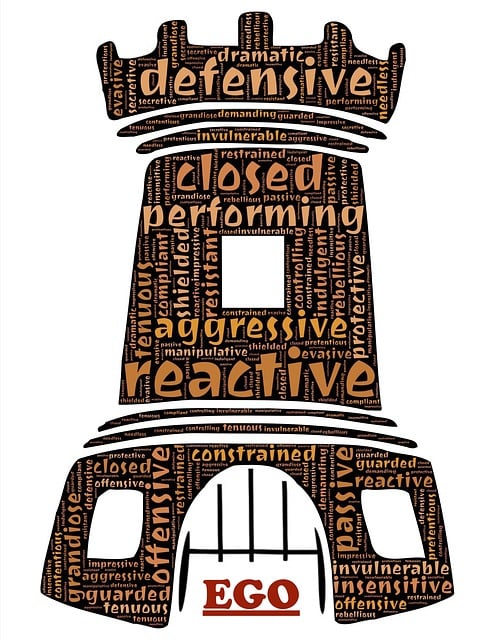
When selecting self-defense tools, understanding your specific needs and environmental factors is crucial. Consider the situations in which you’ll need protection—whether it’s a walk home at night, personal safety in remote areas, or a general desire to enhance your self-assurance. Choose gear that aligns with these scenarios; for example, a compact pepper spray might be ideal for urban walks, while a stun gun could offer more comprehensive defense in isolated regions.
Additionally, look into the reliability and quality of the products. Opt for reputable brands known for their durable and effective self-defense equipment. Check reviews to gauge user experiences and ensure the tools are user-friendly, especially if you’re new to personal protection. The best self-defense gear should be easily accessible, reliable, and provide a sense of security without compromising your mobility or comfort.
Evaluating Quality and Reliability: Ensuring Your Safety

When evaluating self-defense products, prioritizing quality and reliability is paramount for your safety. Look for brands that offer transparent information about their materials, manufacturing processes, and test results. Reputable manufacturers adhere to stringent industry standards, ensuring their self-defense tools meet high performance criteria. Product certifications from recognized testing agencies can provide assurance regarding durability, sharpness (for weapons), and overall effectiveness.
Beyond certifications, consider reviews from independent users who have actually tested the products. Real-world feedback offers valuable insights into the reliability of self-defense gear in stressful situations. Additionally, understanding warranty policies demonstrates a company’s commitment to their product quality—warranties indicate that manufacturers stand behind their products and are willing to support them if necessary.
Best Practices for Personal Protection: Using Equipment Effectively

When it comes to personal protection, understanding how to use your chosen self-defense products effectively is just as crucial as having them on hand. Beyond simply acquiring defense tools like pepper spray or stun guns, learning the best practices for their application can make all the difference in a dangerous situation. Take the time to familiarize yourself with each product’s features and range; practice proper aim and technique to ensure maximum impact. Understanding the nuances of your self-defense gear will not only increase its effectiveness but also boost your confidence during unexpected encounters.
Selecting the right defense tools involves considering your personal safety needs, environmental factors, and comfort levels. Research different types of self-defense products, such as pepper spray variations or stun devices with varying voltage levels, to find those that best suit your circumstances. Additionally, staying informed about local laws regarding self-defense equipment is essential; ensure you choose products that are legal and appropriate for your region. Regularly updating and replacing your defense gear is also recommended, considering wear and technological advancements.
Legal Considerations and Responsible Ownership

When considering self-defense products, it’s paramount to understand and adhere to legal constraints in your region. Different areas have distinct regulations regarding the types and use of self-defense tools, ranging from bans on certain weapons to specific requirements for permit-issuing processes. Before purchasing any self-defense gear, research local laws to ensure compliance and avoid legal repercussions. Responsible ownership goes hand in hand with these considerations; understanding not just how to deploy your chosen self-defense equipment effectively but also how to handle it safely and responsibly is crucial. This includes storing them securely, keeping them out of reach of children or unauthorized individuals, and regularly maintaining their condition for optimal performance when needed.
Choosing the best self-defense gear involves a balance between effectiveness and practicality. Personal protection products range from non-lethal options like pepper spray and stun guns to physical tools such as batons and tasers. Effective self-defense equipment should be designed for easy use, even in high-stress situations, with clear instructions for deployment. Consider your specific needs and environment; urban dwellers might opt for smaller, more discreet tools suitable for close quarters combat, while those in rural areas may prefer longer-range options like whistles or personal alarms. Regardless of selection, responsible ownership demands ongoing education about safety protocols, proper usage, and legal boundaries surrounding self-defense products.


